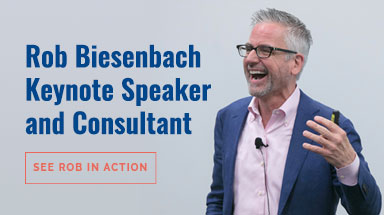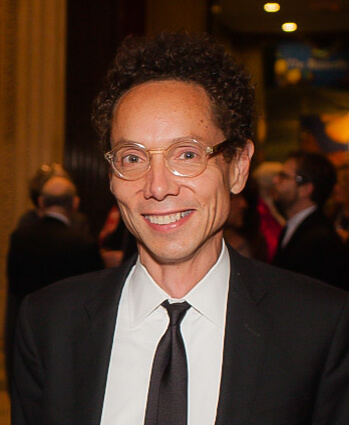
But storytelling is a tool that should be used sparingly. There is definitely such a thing as too much story.
A Case of Story Overload
When I work with clients on their speeches, I consider myself lucky when I’m able to draw one or two good stories out of them. But I recently worked with an executive who had no shortage of great stories. Brand stories, industry stories, personal stories.
What’s more, he was a great storyteller. Animated, energetic — a natural performer.
The problem was, he had too many stories — or, at least, too many to fit into a standard speech. In the first 20 minutes he probably told more than a dozen stories.
Which is about eight or ten stories too many.
Stories Need Room to Breathe
If you want to have an impact, you need to space your stories out. When you jam them all together, the power of each one is diminished.
Audiences need time to absorb and reflect on your stories, but that’s impossible to do when they fly by in one big blur.
And worse, when your material is almost nothing but stories, people start to suspect that you have no substance. There’s no “there” there.
So stories need to be interspersed with data, evidence, and other “hard” content. Your stories should serve as a break for the audience, a palate cleanser, a way to bring your points to life and transition from one subject to another.
What’s the Right Balance?
There is no “right” formula for the number of stories you should tell. But that hasn’t stopped people from inventing them. I’ve seen proposed templates that go like this:
- Make an assertion
- Offer three pieces of evidence
- Supply data to back up the point
- Tell a story
- State the lesson
- Repeat
Like most rules or formulas related to public speaking (and communications in general), this one is ridiculous and unworkable. Speakers aren’t robots and speeches aren’t flow charts.
For instance, sometimes you might want to introduce your point by telling a story first. Sometimes the lesson may be self evident and not need stating. Sometimes you can go really crazy and break the sacred rule of threes.
A (Very) General Guideline
I usually try to have a solid story for each of the major sections of my presentation. (But not always!)
So let’s say your presentation is divided into five parts: intro, conclusion, and three sections in the “body.” That might call for five stories. Might.
It depends on a lot of factors, like the length of the speech and the length of your stories. If you’re doing a 15-minute speech, five 2-to-3-minute stories are obviously too many.
Five stories might work in a 40-minute speech. But, again, it depends. I might tell fewer stories that are longer or more stories that are shorter or just one super-powerful story that carries the whole presentation.
Sometimes I might decide that a particular section doesn’t require a story at all. Maybe instead I’ll quote an expert, give an example, or interact with the audience.
Don’t Tell a Story for Story’s Sake
And this is where formulas trip people up. They feel they must have a story to illustrate a particular point and they drive themselves crazy trying to find a good one.
It’s far better to tell no story than a weak story. Or an unoriginal story. Or a story that doesn’t really fit the point you’re making — one that’s awkwardly shoehorned into your speech.
A Cool Storytelling Trick
At the risk of sounding like I’m promoting a formula, I do have one recommendation when it comes to using stories in a presentation.
It’s effective to open and close with a story, but it’s even more effective when your closing story is an extension of your opening story. So in your speech conclusion you could add a postscript to that original story, or tell it from another character’s perspective, or reveal a surprising twist.
Think of it as cashing in on the emotional investment your audience has already made in your characters and their dilemma.
I do this with one of my presentations on public speaking. I open with the story of the worst presenter I ever saw and toward the end of the speech I reveal that he was a professional marketer — someone whose entire career is premised on reading an audience and delivering on their needs.
I then make the point that even people who should know better sometimes succumb to Death by PowerPoint.
A Happy Ending
Returning to your opening story is a really great way to tie everything together. It’s like the callback that standup comics use — the ring of the familiar triggers an “aha” moment in the minds of the audience. It reminds them of the journey you’ve been on together and gives them that satisfying feeling that they’ve come full circle.
In that spirit, my client went on a journey of his own. He started our session feeling like he had the ingredients of a good presentation, but something wasn’t quite right.
When I pointed out the issue with story overload, it was like a light came on. Together we went through and cut a good half of his stories and spread the remaining ones out for maximum effect.
Later, when he gave the presentation, he apparently hit it out of the park. And as a bonus, he now has a stock of stories he can dip into for other presentations. Win-win!
Photo Credit: Eugin Cöre via Compfight cc




